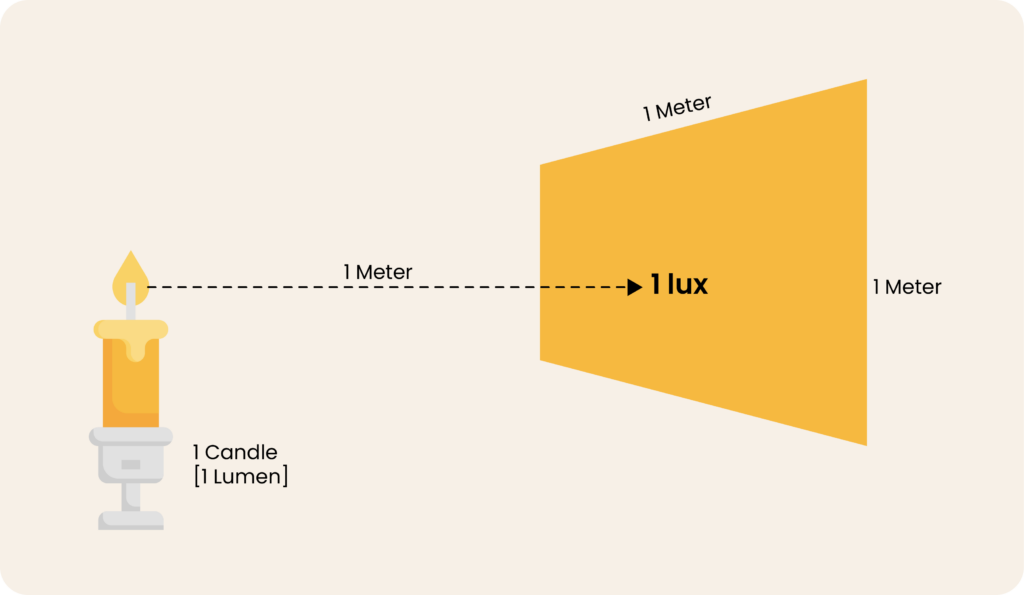Lux Level: An Ultimate Guide for Specifiers!

Specifiers give importance to two main concepts: light levels and light density. Light level means the amount of light inside the space, and Light density means at what intensity we make our artificial Light in relation to the lux level inside the space.
Setting the right light level is inevitable to improve ambiance, visibility, energy conservation, etc. Maintaining the required light level will aid in energy savings. It also enhances the occupant’s visibility, improves productivity, and avoids accidents from poor lighting.
In this blog, we will discuss the lux level in detail.
What is lux level?
In the International System of Units, the lux (symbol: lx) is the unit of illuminance, or luminous flux per unit area (SI). It quantifies the amount of light that strikes or penetrates a surface, as seen by the human eye. In terms of lumens per square meter, it is one.
Why is Lux Level Important?
Lux-level requirements are calculated based on the size of the space and the activity that takes place. By using Lux, you can set a standard that can be used in different situations. This lets you know right away if the light is good enough for the task at hand.
How to Calculate Lux Levels?
Whether it comes from a lamp, a computer screen, or the sun itself, all Light emits an intensity and brightness that serve as its distinguishing characteristics. You may get a better picture of how strong a Light bulb is or how efficiently a light source uses energy by calculating the lux levels. There are simple formulas for doing this.
A lux meter measures the amount of light distributed over or at a specific area at a particular distance from the light source, as opposed to the overall amount of Light produced by the Light source.
The optimal position to measure the light is at the height of the work surface or office desk, for instance, if one is trying to find an appropriate light level for an office. In contrast, the light would be measured at floor level if one attempted to determine an appropriate level for an inside hallway. The measurement is usually done at a horizontal plane between 0.75 and 0.8 meters above the ground if no specific plane is given.
You use the following formula to calculate the LUX level in a room
E(LUX) = F(lm) x UF x MF / A
E is the LUX level achieved
F is the average lumens value from the light source
UF is the utilization factor which is the proportion of light reaching the working plane to the light output of lamps
MF is the maintenance factor.
The lighting design contains a maintenance factor that accounts for the decline in luminous flux to guarantee that the requisite illuminance is provided over time.

Lumens, which determine the brightness of a light source, are different from lux, which measure one lumen per square metre. As a result, 1 LUX = 1 Lumen/m2.
How Many Lux Do Commercial Spaces Need?
Knowing the recommended lux levels ensures appropriate light levels based on space and task requirements. Specifiers must work closely with lighting specialists to choose the best lighting configuration for commercial spaces.
Additional luminaries are needed to compensate for the low-lit areas. The light level required in areas closer to windows will be 1000 lux, whereas the middle region requires 25 – 50 lux. And for detail-oriented work, the lux level is between 1500 and 2000.
Lux Level Requirements in Different Spaces

Conclusion
Understanding lux levels is essential to setting the right light intensity for each space and task. When it comes to implementing lighting control strategies like daylight harvesting, a lux level is inevitable. Read our blog on custom daylight harvesting here for a better understanding.
Need to know how to set right light levels? Feel free to discuss it with our experts